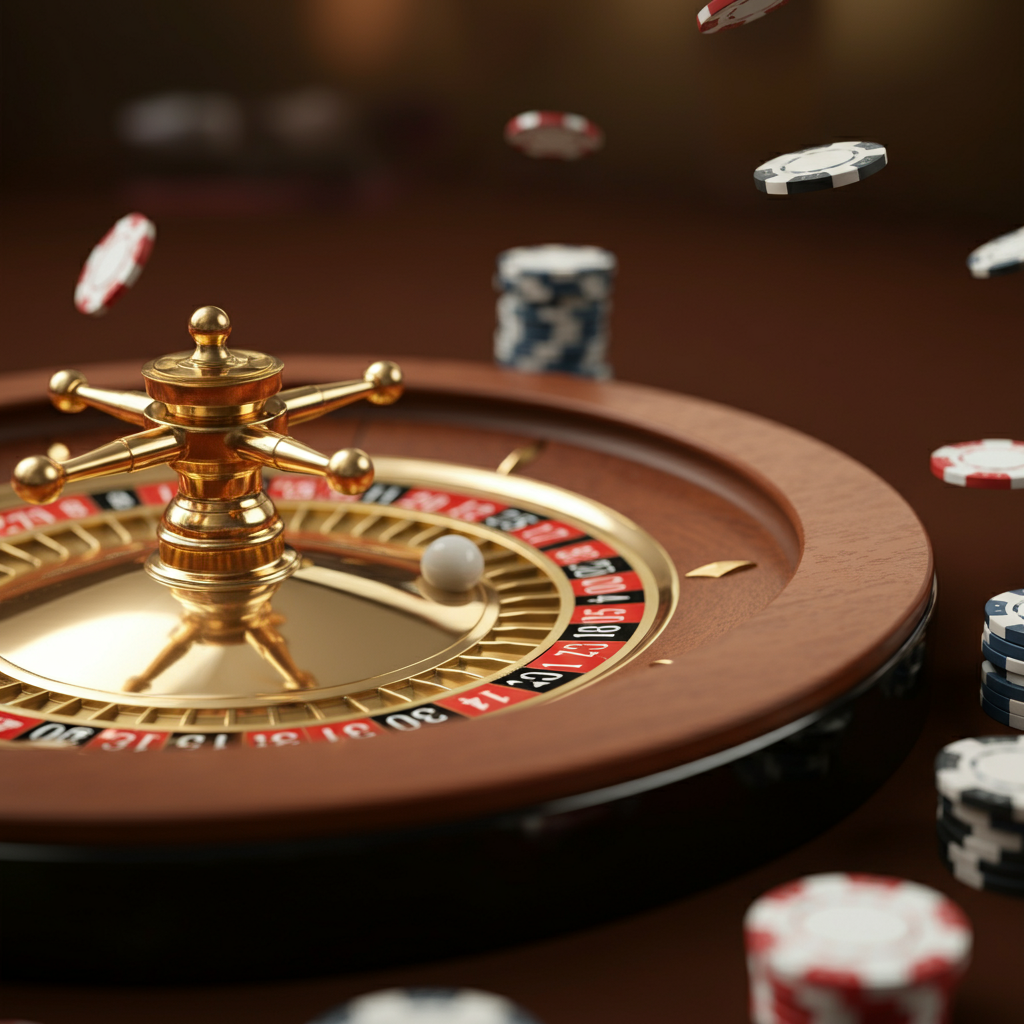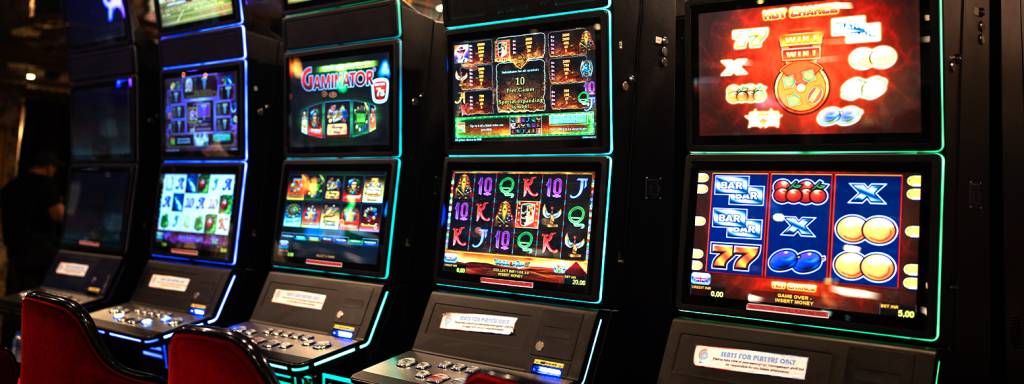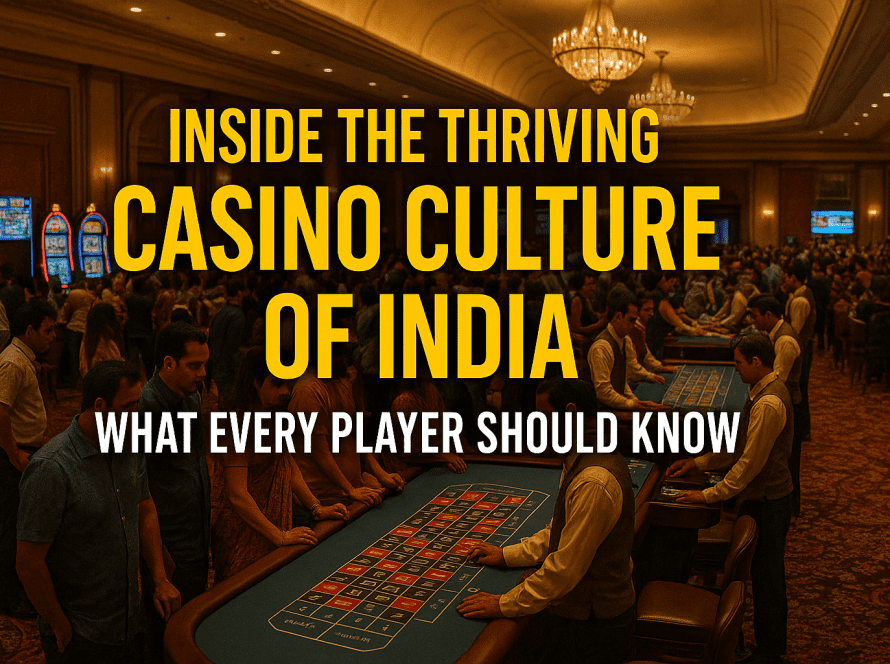
When you step into a casino, it’s impossible not to feel the thrill. The flashing lights, the captivating sounds, and the allure of the games themselves draw you in. But have you ever wondered what makes a game like roulette or slot machines so irresistible? The answer lies in the careful fusion of psychology and game design.
Casino game design isn’t just about creating something fun; it’s a calculated art that leverages human psychology to keep you engaged and entertained. Whether you’re a psychology buff, a gaming enthusiast, or a curious observer, understanding the thought processes behind these games offers fascinating insights into how they work and why they’re so compelling.
This blog dives into the mechanics, psychology, and ethics of casino game design while examining case studies and exploring future trends.
Understanding the Basics: Casino Game Structure and Mechanics
Casino games, at their core, follow structured mechanics aimed at creating a seamless and immersive player experience. There’s more to the flashing lights and spinning reels than meets the eye. Most casino games fall into one of these categories:
Common Formats of Casino Games
- Slot Machines – The most popular and visually arresting games in any casino. Slots use spinning reels, enticing themes, and a plethora of bonus features to captivate players.
- Table Games – From blackjack to poker, table games appeal to strategic players who want a combination of luck and skill.
- Electronic Games – A hybrid of traditional casino games and video gaming, offering an automated experience for games like roulette or baccarat.
Core Elements of Casino Games
Every casino game has a few key elements in its design:
- Randomness – Outcomes are determined by random number generators (RNGs) or shuffled decks, ensuring unpredictability.
- House Advantage – The built-in edge ensures the casino makes a long-term profit.
- Immersion – Visuals, sounds, and interactivity are crafted to keep players engaged.
But what turns these mechanical elements into an addictive experience? That’s where psychology steps in.
The Role of Psychology in Game Design

Psychology plays a monumental role in crafting the player’s experience. Casino games are designed to trigger emotions, stimulate the brain, and, most importantly, retain attention.
The Goal of Player Engagement
Keeping players engaged is the crux of casino game design. Developers use psychological principles to:
- Build a sense of anticipation.
- Offer rewards that feel timed and satisfying.
- Encourage repetitive play.
Immersion Through Multi-Sensory Design
Sound effects, animations, and even the tactile feel of cards or buttons come into play here. Ever notice the uplifting chime you hear when you win (even if it’s less than your bet)? It’s called “loss disguised as a win.” This subtle psychological trick keeps you excited and wanting to play more, despite technically losing money.
The Science Behind Player Behavior
Casino game design taps into multiple psychological principles to influence how and why people play. Here are the most influential concepts:
1. Reward Systems
Games are built on a system of rewards that stimulate the brain’s pleasure centers. The unpredictability of when a reward (win) will occur leads to continued play. This concept is known as variable rewards and is why slot machines are so effective.
2. Loss Aversion
Humans hate losing more than they enjoy winning. Casino games capitalize on this by offering opportunities to “win back” losses or showcasing losses as near-misses. A near-miss (“almost winning”) can propel players to keep trying.
3. The Sunk Cost Fallacy
The more time or money a player invests in a game, the harder it becomes to walk away. Players often feel they’re “due for a win” after a series of losses, even though the outcome remains random.
4. Social Proof and Competition
Games like poker, which involve social interaction, give players a sense of belonging and competition. Seeing others win increases a player’s desire to achieve the same.
Case Studies: Popular Casino Games and Their Design
Slot Machines

Modern slot machines use colorful themes, interactive bonus rounds, and progressive jackpots to keep players engaged. For instance:
- Bonus Rounds simulate “mini-games” to break up the monotony, offering instant gratifications like free spins.
- Themes based on pop culture (movies, TV shows) make the game relatable and exciting.
Blackjack

This table game leverages strategy, allowing experienced players to improve their chances. The allure comes from its strategic complexity combined with the simplicity of “getting to 21.”
Roulette

Roulette engages through its anticipation. The spinning wheel paired with the ticking sound builds suspense, and the wide variety of betting options appeals to both risk-takers and cautious players.
Ethical Considerations in Game Design
While casino game design is fascinating, it raises important ethical questions about responsible gaming.
The Fine Line Between Engagement and Addiction
Game designers must balance creating an engaging experience with not exploiting vulnerable players. Features like “loss disguised as a win” or near-misses could encourage problematic behaviors.
Regulatory Measures
Regulators around the world now require casinos to implement safeguards, such as:
- Setting betting limits.
- Offering self-exclusion programs for at-risk players.
- Transparency in odds.
The Role of Designers
Game designers hold a responsibility to create engaging games while encouraging healthy gameplay. Some companies have embraced this responsibility by integrating reminders to take breaks or offering tools to track spending.
Looking to the Future: Innovations in Casino Game Design
Emerging Technologies
The future of casino games is intertwined with emerging tech. Here’s what’s on the horizon:
- Virtual Reality (VR) – Imagine stepping into a virtual casino, complete with immersive 3D slot machines and table games.
- Artificial Intelligence (AI) – AI can personalize games based on user preferences, creating unique experiences for each player.
- Blockchain Gaming – Smart contracts and cryptocurrencies are set to bring transparency and fairness to games.
The Role of Psychology in Future Designs
With more data available than ever, game designers can analyze player behavior at a granular level. Expect games to become even more personalized, targeting motivations and preferences with precision.
Why It Matters to Understand Casino Game Design
Understanding the psychology behind casino games doesn’t just help game designers—it empowers players to be more aware of the subtle influences behind their favorite games. The more you understand, the better equipped you are to make informed decisions about your gameplay.
Whether you’re interested in the thrill of gaming, the psychology of human behavior, or the tech shaping the future of game design, one thing remains clear—casino games are a masterclass in blending art and science.
Explore More Insights
Want to learn more about game design? Or perhaps you’re curious about how psychology can be leveraged in other industries? Stay connected with our exhilarating content and gain a deeper understanding of the systems around you.


